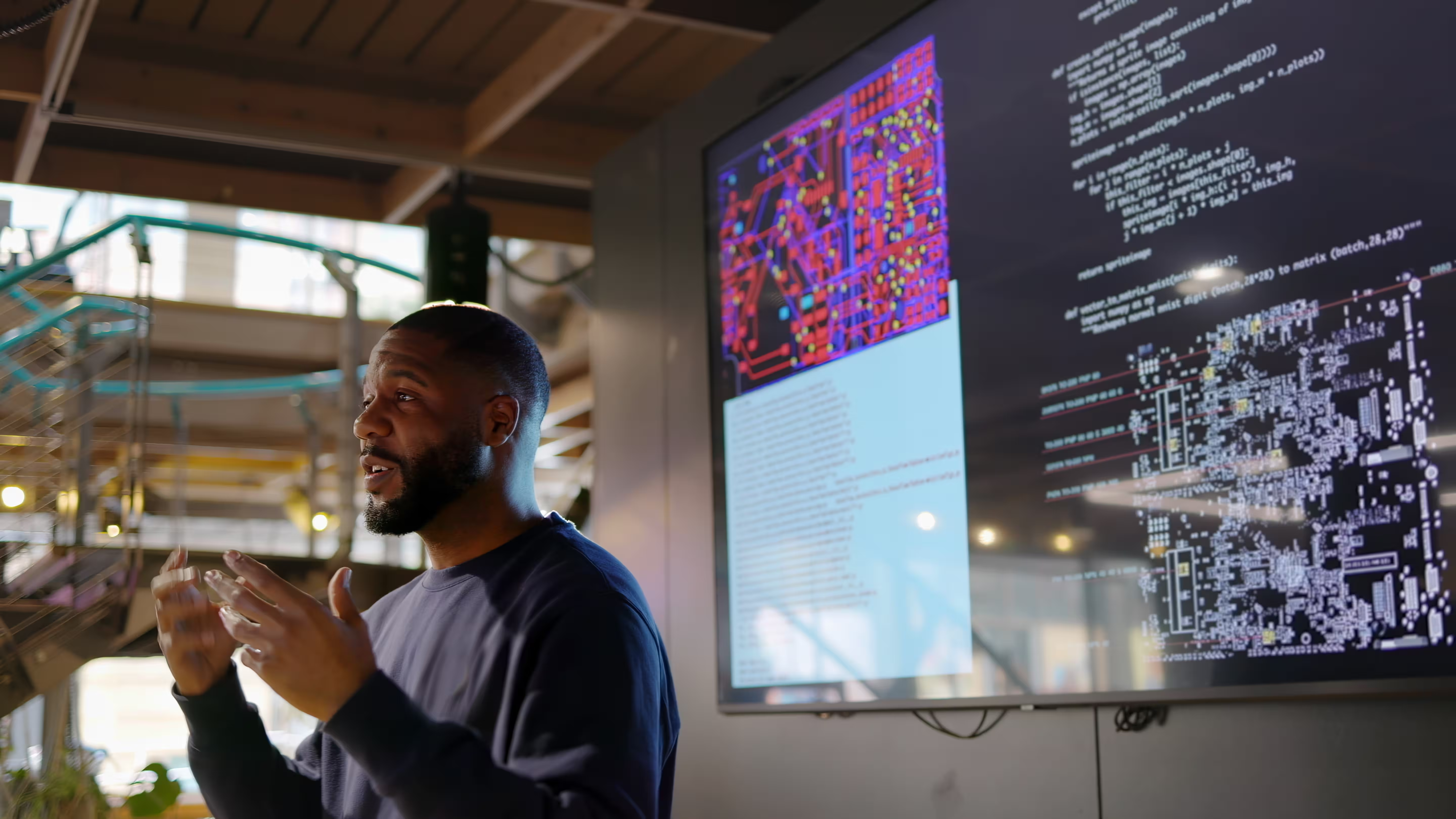Building the right foundation for your digital-first strategy
It’s no exaggeration to say that your network infrastructure is the backbone of your bank and digital-first strategy. Self-service and digital adoption have increased significantly over the last few years—accelerated by the COVID-19 pandemic forcing consumers to shift how they did their everyday banking.
As a result, financial institutions (FIs) are relying more heavily on technology in branches, using more remote assistance to support customers and shifting from batch updates to real-time transactions. Without the proper network, new technology can be disruptive—in a bad way. What is the right network infrastructure to support your digital-first strategy? Where do you begin with a network transformation? When should you engage?
From technology comes developing the digital-first strategy for the solutions you need now and in the future. But most FIs don’t have the in-house capabilities to deliver an overarching strategy incorporating the very latest thinking. Most FIs turn to a professional services partner with significant cross-industry and multivendor experience to assist—with a track record of best practices, processes and implementations. The best partners will build a relationship with you to get to know where you need to go and help you get there. It’s about making your business priorities their focus so that you can deliver the best experience to your customers.
When to engage
While there is never a bad time to evaluate your network infrastructure, there are several key drivers that create the ideal time to reevaluate your network strategy.
1. Did you just deploy a new solution that is putting increased strain on your network bandwidth?
Video-based and tablet solutions provide phenomenal engagement opportunities, but strong network enablement is critical to their success.
2. Do you need to update a specific network solution such as your WAN or LAN?
This could be part of a normal refresh cycle or driven by an end-of-service life announcement from your current technology provider.
3. Are you currently building a plan for your digital-first strategy and the branch of the future?
This provides a great opportunity to rethink your network strategy and to ensure you have the infrastructure to deliver your desired outcomes. Regardless of where you are in your journey, an experienced partner can evaluate your current environment and help you set a course that meets both your current and future needs.
Where to begin and what to expect
As with most things, there are various levels to a professional services engagement.
Network Assessment
If you want to validate your network set-up prior to or after a new technology implementation, an assessment is a great place to begin. This is typically, a quick engagement that will give you a better understanding of your current situation. Think of it as a checkup to determine your network’s overall health and capacity. Your checkup should include point-to-point bandwidth tests to examine the speed data flows through your system, the latency, or lag time, and more. It should also look at your network settings and configurations to ensure the right prioritization. If you’re using multiple technologies at multiple sites, your partner should be able to offer a custom assessment with a report detailing all the results.
Design and Implementation
If you are planning a specific network technology upgrade, whether it’s wireless, SD-WAN (software-defined wide area network) or any other network solution, you’ll need a partner that leverages industry and technology best practices to build a solid design and implementation plan. With your input, your partner should understand your current situation thoroughly and offer a plan for the next steps. One of the key objectives of this phase is building a plan to reduce risk and minimize any disruption to your business.
Planning and design
The planning and design phase is focused on building the low-level designs, documentation, templates, and test lab facilities to ensure success. These documents will provide detailed device and system configurations (site and design details, topology, equipment list, physical connectivity) and outline areas of responsibility for both you and your partner. Where needed, an experienced partner should identify, assess, and recommend specific improvements. Network operations centers and service architects are also engaged here to ensure supportability.
Implementation and testing
When the plan is finalized, the staging and installation can begin. A proof-of-concept design tests both the design and the implementation process and, allowing you and your business to address any concerns before beginning a large-scale deployment. Field deployment guides and control procedures will lay out exactly how and when this process will happen.
Consultation
When starting a digital transformation strategy, consultative engagement is a good place to start. Using your strategy, roadmap, and desired outcomes, your partner can review and suggest options you might not have considered. Your branch requirements will most certainly change in the next five years, so the objective should be building a network strategy and high-level design that is up to the task. This solution design is how your devices and systems will be connected throughout the network and how they will serve your employees and customers and should be resilient enough to cover current and future needs. But it's not just strategic advice when you implement your new network strategy, your partner should work with you to build detailed design and implementation plans.
A key consideration in choosing a partner should be their ability to monitor your network after deployment. This could be a valuable, time-saving asset, not to mention a headache taken off your plate. It’s always a good idea to engage with a partner who has comprehensive and end-to-end services to then manage and maintain the network to ensure the highest performance and availability.
Digital transformation is a critical element to bring your branch to the next level and meet increasing demand from consumers for digital-first interactions. As technology and network requirements become more complex, FIs can benefit from leveraging the experience and depth of skills that come through outsourcing to a partner.
Let’s explore what’s possible for your business. Our team is ready to connect and discuss tailored solutions that meet your goals.
Thank you for reaching out. A member of our team will be in touch shortly to continue the conversation.






%20(1).jpg)





%20(1).jpg)

%20(1).jpg)




%20(1).jpg)
%20(1).jpg)
%20(1).jpg)

%20(1).jpg)
%20(1).jpg)
.jpg)
.jpg)
.jpg)
%20(1).jpg)
.jpg)
.jpg)
.jpg)




.jpg)
.jpg)
.jpg)
.jpg)
